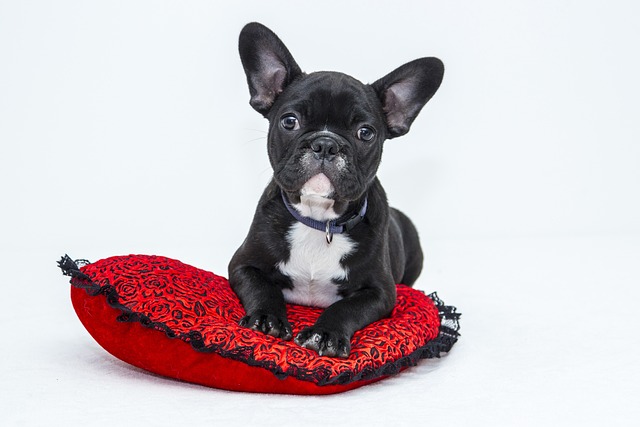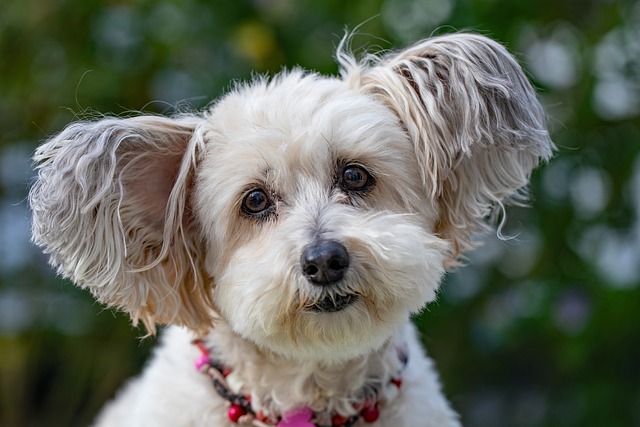
How to discipline a Beagle puppy?
Beagle puppies come with a double dose of energy and curiosity—traits that make them charming, but also prone to chewing shoes or darting through open doors.
How to train a puppy for basic commands? For new dog owners in the US, this question often comes with a mix of excitement and anxiety. Bringing home a fluffy new family member is thrilling, but figuring out where to start with training can feel overwhelming. The good news is that with the right approach, teaching basic commands can be a bonding experience for both you and your puppy.
From a behavioral science perspective, puppies are most receptive to learning between 7 and 16 weeks old—this is their critical socialization period. Their brains are wired to absorb new information, but their attention spans are short, so keep training sessions to 5 minutes max, 2-3 times a day. Think of it like teaching a toddler: short, fun, and consistent repetition works best.
Start with the basics: name recognition. Call your puppy’s name in a cheerful tone; when they look at you, reward them with a tiny treat (think pea-sized pieces of cheese or training kibble). Next, “sit” is a great first command. Before mealtime, hold a treat above their nose and slowly move it back—their bottom will naturally lower. As they sit, say “sit” clearly and reward immediately. By 12 weeks, most puppies master “sit” and can move to “stay” for 2-3 seconds, building up gradually.

In the US, training goes hand-in-hand with legal responsibilities. Make sure your puppy completes required vaccinations, including rabies shots, which are mandated by law in all states. When you take your trained pup out, always carry waste bags—cities like Chicago fine owners $50-$200 for not cleaning up after their dogs. It’s not just polite; it’s the law.
Culturally, positive reinforcement is non-negotiable. Never use physical punishment—yelling or hitting damages trust and can lead to fear-based behavior. Instead, celebrate good behavior with praise, pets, or treats. If you live in an apartment, train your puppy to limit barking by rewarding quiet moments. In your community, keep them leashed during walks (unless in designated off-leash areas) and teach “heel” to prevent pulling—this shows respect for neighbors and keeps everyone safe.
Training isn’t just about obedience; it’s about building a happy, healthy relationship with your puppy. With patience and consistency, those wobbly first attempts will turn into reliable responses in no time.

Beagle puppies come with a double dose of energy and curiosity—traits that make them charming, but also prone to chewing shoes or darting through open doors.

Dogs thrive on routine, and small breeds—with their quicker metabolisms—need extra consistency. Start by taking your pup out at the same times daily: right after waking up, 15 minutes after meals, and just before bed.

Corgis, with their stubby legs and big personalities, can be little troublemakers when they decide to ignore commands.

The sudden explosion of barking when a delivery person approaches your door or a neighbor walks past your window is more than just a nuisance

The panicked barking that starts the moment your apartment door closes isn't just heartbreaking—it's a common struggle for urban dog owners trying

That insistent barking your dog does when demanding food, attention, or toys isn't just annoying—it's a learned behavior that's surprisingly easy to reinforce accidentally.